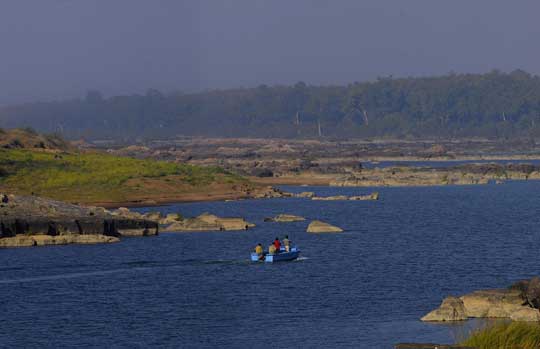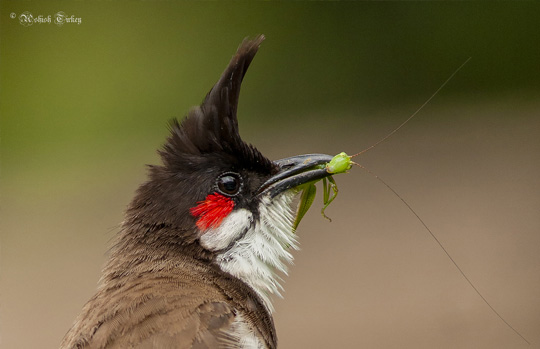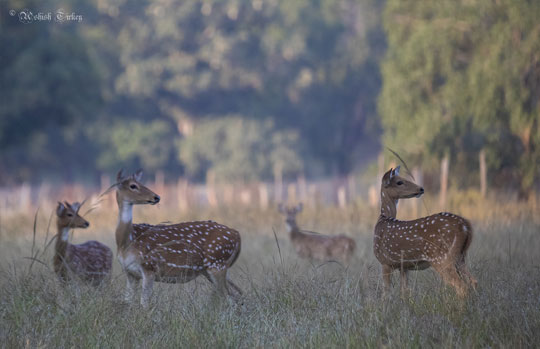Successful Tiger Reintroduction
In February 2012, the entire tiger population of the reserve was considered eliminated. One female, each from Bandhavgarh National Park (coded T1) and Kanha National Park (T2) were translocated to Panna Tiger Reserve. A tiger male, coded T3, was brought from Pench Tiger Reserve. Who after some apprehension settled down in the park, established territory and started mating. The tigress, T1, translocated from Bandhavgarh National Park, gave birth to four cubs in April 2010, of which two survive to date. The second tigress, T2, translocated from Kanha National Park, gave birth to four cubs several months later, and all four survive till date. A third tigress, coded T4, an orphaned cub, was reintroduced to Panna in March 2011. She learned hunting skills with the help of the male and mated with him.




